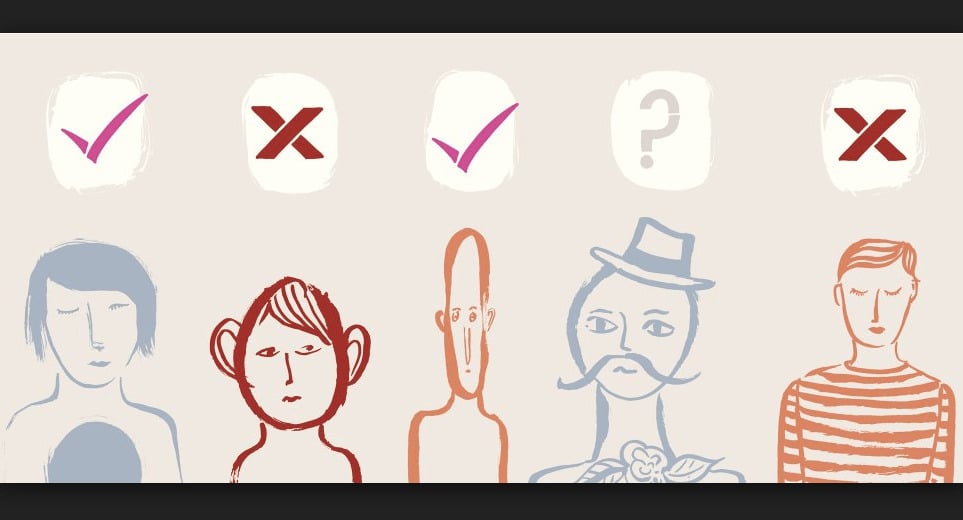
- How to Succeed in Your Design School or Job Interview: Essential Tips for Aspiring Designers
- Part 1: How to Present Yourself in a Design Interview
- Real Success Story: Passion Beats Experience
- Part 2: How to Showcase Your Portfolio Like a Pro
- Bonus: The Importance of User Research and Mood Boards
- Final Tips for Aspiring Designers: Stay Passionate and Be Authentic
How to Succeed in Your Design School or Job Interview: Essential Tips for Aspiring Designers
Are you preparing for a design school, internship, or job interview? Knowing how to succeed in a design interview is key to standing out among other candidates. Avoid common mistakes and learn how to present yourself and your portfolio the right way to get noticed by design schools and companies.
Part 1: How to Present Yourself in a Design Interview
When asked, “Why do you want to study product design?”, don’t give a generic answer like, “Because I want to be skilled and become a great designer.” Instead, focus on what value you can bring to others or the company.
Whether your passion is sustainable design, innovative footwear, or user-centered products, clearly communicate your design mission and vision. Aligning your motivation with the company or school’s values boosts your chances of selection. Passion and motivation are often more important than years of experience or portfolio quality.
A compelling approach is to share how you can help solve real-world problems through design. For example, one of my readers aims to help disabled and underserved communities through industrial design—a powerful and memorable mission.
Real Success Story: Passion Beats Experience
One young graduate applying to PUMA was up against senior experienced designers. But during the interview, his authentic answer—“Together we’ll do the best footwear in the world”—secured him the position. This shows how passion and confidence can set you apart in design interviews.
Part 2: How to Showcase Your Portfolio Like a Pro
A common portfolio mistake is focusing only on product function and aesthetics. What interviewers really want to see is your understanding of the users and how your design meets their needs. A strong portfolio tells a story, connecting user behavior and product value creatively.
When presenting projects, categorize your work as:
- “A” The safe option
- “B” The daring option
- “C” The best fit for the client brief
Explain why you chose the best fit and how it solves real problems. This approach shows strategic thinking and design maturity.
Bonus: The Importance of User Research and Mood Boards
Begin your design process with user research and mood boards. Mood boards visually represent your target users’ values and lifestyles, helping communicate your design thinking during the interview. This is often more impactful than just showing polished visuals.
Final Tips for Aspiring Designers: Stay Passionate and Be Authentic
Your passion is your greatest asset. Apply to companies or schools that align with your values and vision. Be transparent and authentic during your interview. This ensures you design with love and generosity every day.
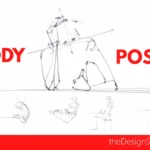

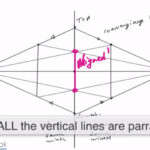
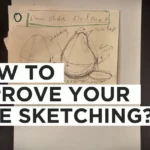
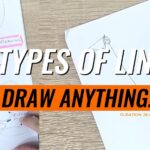
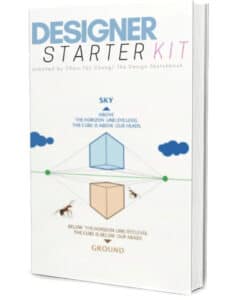
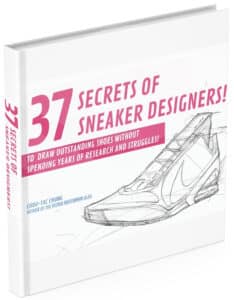
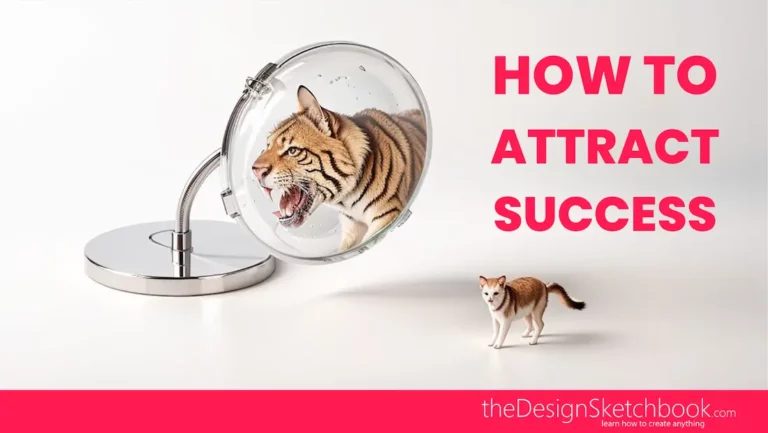
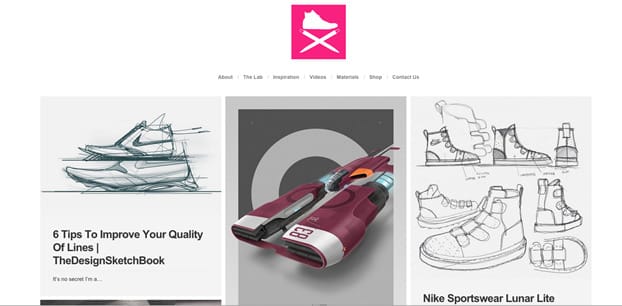
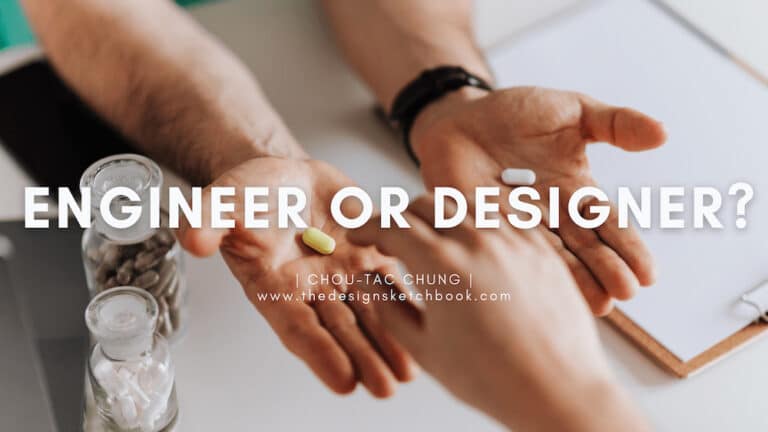
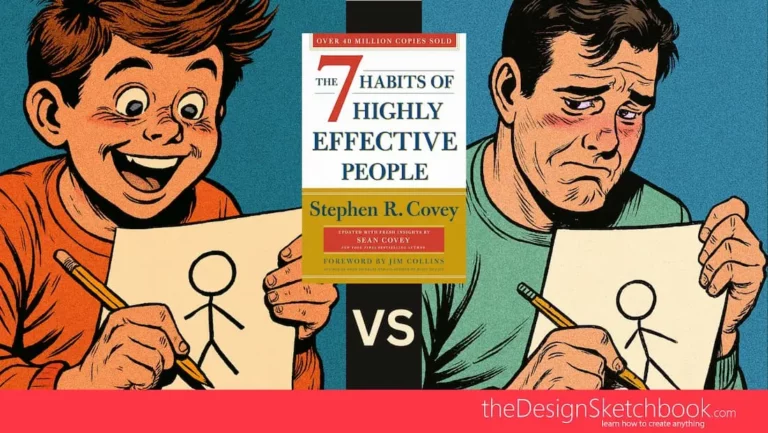
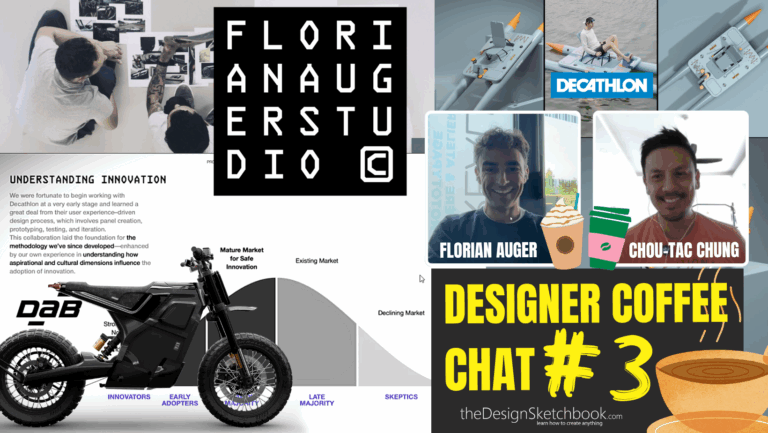


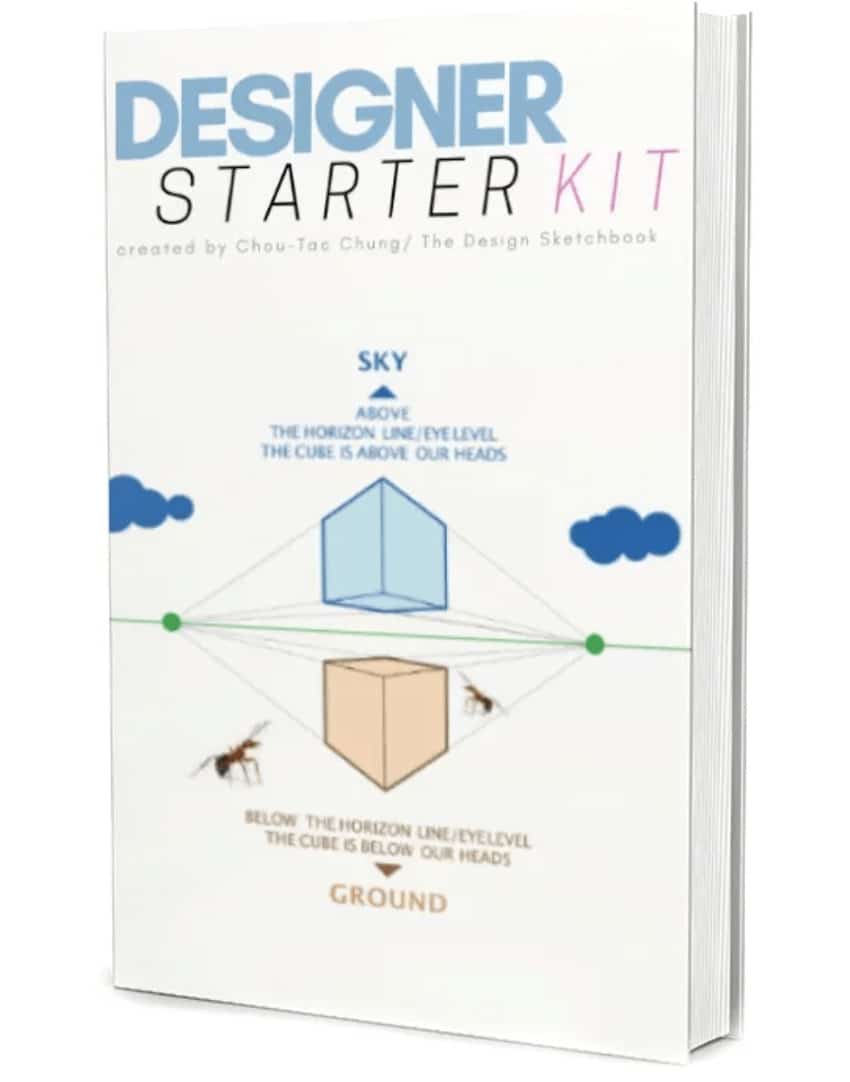


Leave a Comment!